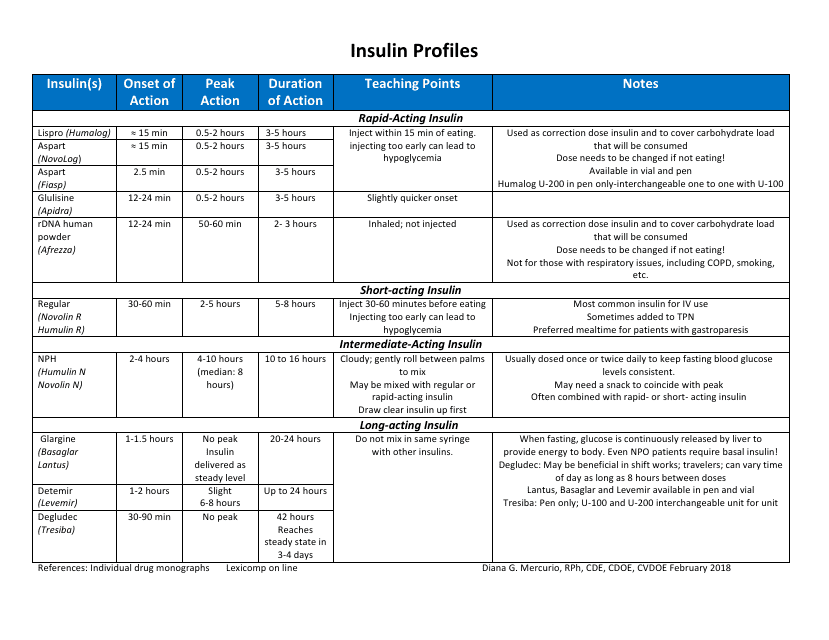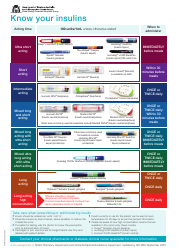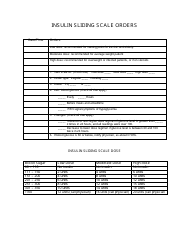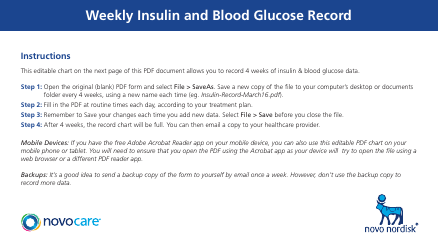Insulin Profiles Chart
Insulin profiles charts are used by healthcare professionals to understand and monitor the effects of different types of insulin on blood sugar levels over time. It helps in determining the dosage and timing of insulin injections for individuals with diabetes.
In the United States, the Insulin Profiles Chart is typically recorded and maintained by healthcare professionals, such as doctors or nurses, who are responsible for managing a patient's insulin treatment.
FAQ
Q: What is an insulin profile?
A: An insulin profile is a chart that illustrates the activity level of different types of insulin over time.
Q: Why is an insulin profile chart useful?
A: An insulin profile chart is useful for understanding how different types of insulin affect blood sugar levels at different times.
Q: What are the different types of insulin?
A: There are several types of insulin, including rapid-acting, short-acting, intermediate-acting, and long-acting insulin.
Q: How does rapid-acting insulin work?
A: Rapid-acting insulin starts working within 15 minutes after injection and lasts for 2-4 hours.
Q: What is short-acting insulin?
A: Short-acting insulin starts working within 30 minutes after injection and lasts for 3-6 hours.
Q: What is intermediate-acting insulin?
A: Intermediate-acting insulin starts working within 1-2 hours after injection and lasts for 12-18 hours.
Q: What is long-acting insulin?
A: Long-acting insulin starts working within 1-2 hours after injection and lasts for up to 24 hours.
Q: How can I use an insulin profile chart?
A: You can use an insulin profile chart to determine when different types of insulin will be most effective in managing your blood sugar levels.
Q: Do I need a doctor's guidance to use an insulin profile chart?
A: It is recommended to consult with your healthcare provider or diabetes educator for guidance on using an insulin profile chart.










